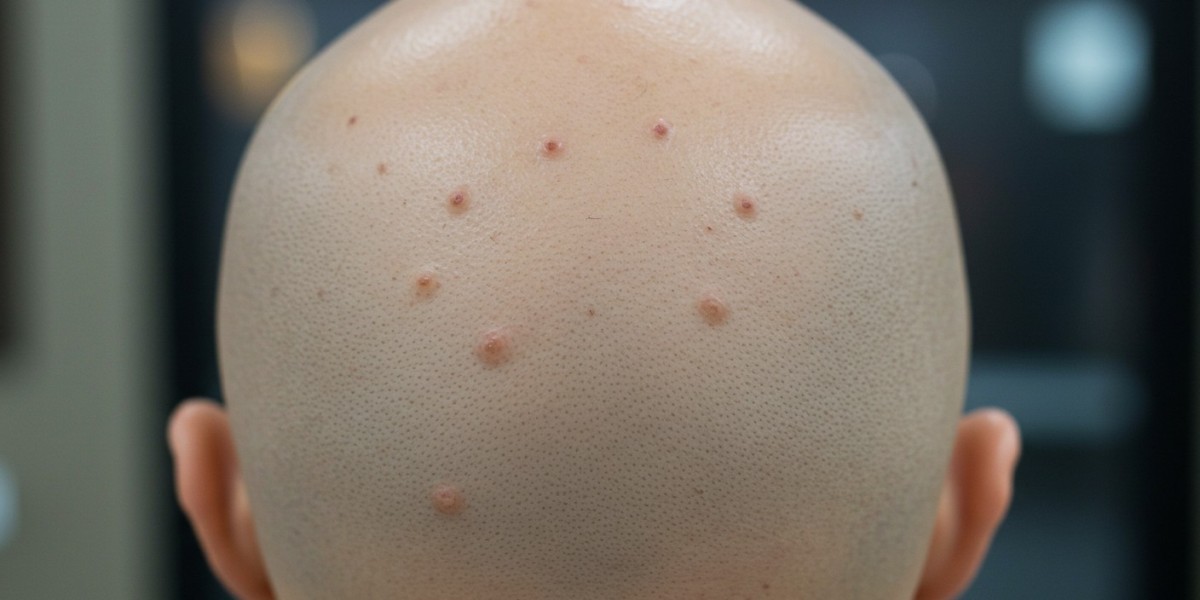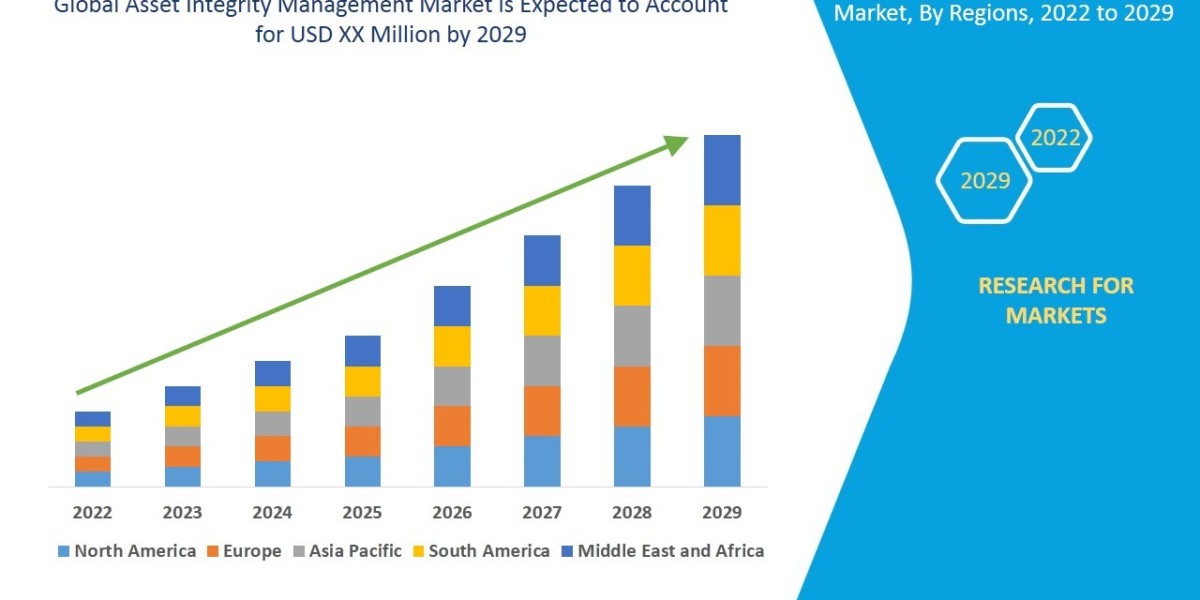Introduction
Pimple-like bumps on the skin can be frustrating and, at times, confusing. They can appear out of nowhere, leaving you wondering if they're just regular pimples or something more serious. Understanding the causes and characteristics of these bumps is essential to effectively treat and prevent them. In this article, we'll dive into the different causes of pimple-like bumps, how to recognize them, and when to seek professional help. You'll also find helpful treatment options, including the use of a fragrance-free cream, and preventative tips to keep your skin looking its best.
What Are Pimple-Like Bumps?
Definition and Characteristics
Pimple-like bumps are raised, often red bumps that can appear on your skin. They typically resemble pimples but may not have the same characteristics. Unlike typical acne, these bumps might not have a visible whitehead or blackhead. Their size and texture can vary, ranging from tiny, flesh-colored bumps to larger, more inflamed ones.
Common Locations on the Body
These bumps can appear anywhere on your body, but they are most commonly found on the face, back, arms, and chest. Areas with more oil production, like the T-zone, may be more prone to these bumps. However, the neck, shoulders, and even the upper thighs can also see these types of bumps.
Causes of Pimple-Like Bumps
Understanding the causes of pimple-like bumps is essential for addressing them correctly. Here's a breakdown of the most common culprits:
Acne
One of the most common causes of pimple-like bumps is acne. Acne occurs when hair follicles are clogged with oil, dead skin cells, and sometimes bacteria. This can lead to the formation of pimples, cysts, or pustules. Pimple-like bumps caused by acne are often found on the face, neck, and back.
Folliculitis
Folliculitis is a condition that happens when hair follicles become inflamed due to an infection, usually caused by bacteria or fungi. It results in small, red, pimple-like bumps that may itch or burn. Folliculitis is often mistaken for acne because of the similarity in appearance.
Keratosis Pilaris
Keratosis pilaris, or "KP," is a harmless condition that causes small, rough bumps on the skin, usually on the upper arms, thighs, and cheeks. These bumps can look like pimples but are caused by a buildup of keratin, a protein that can block hair follicles.
Allergic Reactions and Skin Sensitivity
Allergic reactions to certain skincare products, foods, or environmental factors can also cause pimple-like bumps. If your skin is sensitive to a particular ingredient, it may develop red, irritated bumps. These are often itchy and may appear in clusters.
Contact Dermatitis
Contact dermatitis occurs when the skin reacts to a substance it has come into contact with, such as harsh chemicals, certain fabrics, or even perfumes. This condition can cause red, pimple-like bumps accompanied by inflammation and discomfort.
Heat Rash
Also known as prickly heat, heat rash develops when sweat gets trapped in sweat glands, leading to the formation of tiny, pimple-like bumps. Heat rash is common in hot and humid climates and often appears on areas where sweat accumulates, like the chest, back, or underarms.
How to Differentiate Pimple-Like Bumps from Other Skin Conditions
Acne vs. Folliculitis
While both acne and folliculitis can cause red bumps, folliculitis tends to be more localized around hair follicles, whereas acne can affect larger areas. Folliculitis bumps may be itchy, while acne usually causes pain and swelling.
Keratosis Pilaris vs. Heat Rash
Keratosis pilaris bumps are often rough and flesh-colored, while heat rash is typically red and may cause a prickling or burning sensation. Heat rash tends to occur in response to sweating, while keratosis pilaris is a long-term skin condition that doesn’t go away with sweating.
When to See a Dermatologist
Persistent Bumps That Don’t Go Away
If you notice pimple-like bumps that persist for several weeks without showing signs of improvement, it may be time to consult a dermatologist. Persistent bumps could indicate a more serious condition that requires professional treatment.
Painful or Inflamed Bumps
If the bumps are painful, inflamed, or continue to grow in size, you should seek medical attention. This could be a sign of an infection, such as folliculitis or an abscess, which might need a prescription treatment to heal properly.
Treatment Options for Pimple-Like Bumps
There are various treatment options available, depending on the underlying cause of the bumps.
Over-the-Counter Treatments
For minor cases of acne or folliculitis, over-the-counter treatments such as benzoyl peroxide or salicylic acid can help reduce inflammation and kill bacteria. These products can be found in creams, gels, or face washes.
Prescription Treatments
If over-the-counter products don't work, a dermatologist might prescribe oral antibiotics or topical treatments like retinoids or corticosteroids to manage the condition.
Natural Remedies
Some natural remedies, such as tea tree oil or aloe vera, may help reduce the appearance of pimple-like bumps. These ingredients have anti-inflammatory and antibacterial properties that can soothe the skin.
The Role of Fragrance-Free Cream
When dealing with sensitive or irritated skin, it's essential to use a fragrance-free cream. Fragrance can sometimes irritate the skin, making conditions like folliculitis or contact dermatitis worse. A fragrance-free cream can moisturize and protect the skin without triggering additional irritation.
Prevention of Pimple-Like Bumps
Skin Hygiene and Care Tips
Maintaining good skin hygiene is key to preventing pimple-like bumps. Wash your face and body regularly with a gentle cleanser to remove excess oil and dirt that can clog pores. Avoid picking at or squeezing bumps, as this can lead to further irritation or infection.
Avoiding Harsh Products
Avoid using harsh skincare products that may strip your skin of its natural oils. Instead, opt for gentle, non-comedogenic products that won’t clog your pores or irritate your skin.
Conclusion
Pimple-like bumps on the skin can be a nuisance, but by understanding their causes, identifying the right treatment, and practicing good skincare habits, you can keep your skin looking clear and healthy. Whether it's acne, folliculitis, or another condition, the right approach can help minimize these bumps and prevent future flare-ups. If you have persistent or painful bumps, don't hesitate to seek professional advice from a dermatologist.
FAQs
What Are the Most Common Causes of Pimple-Like Bumps?
The most common causes include acne, folliculitis, keratosis pilaris, allergic reactions, contact dermatitis, and heat rash.
How Can I Treat Pimple-Like Bumps at Home?
Home treatments include using over-the-counter acne products, applying natural remedies like tea tree oil, and using a fragrance-free cream to soothe irritated skin.
Are Pimple-Like Bumps Contagious?
Pimple-like bumps caused by acne or keratosis pilaris are not contagious. However, those caused by folliculitis or certain skin infections may be contagious.
When Should I Consult a Dermatologist?
Consult a dermatologist if the bumps are persistent, painful, or inflamed, or if over-the-counter treatments don’t work.
Can Diet Affect the Appearance of Pimple-Like Bumps?
Yes, a diet high in refined sugars and dairy products can sometimes worsen acne and other skin conditions. Eating a balanced diet with plenty of fruits, vegetables, and water can help maintain clear skin.









